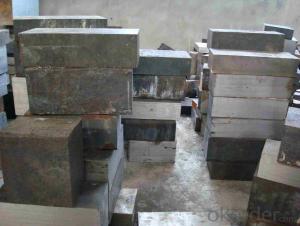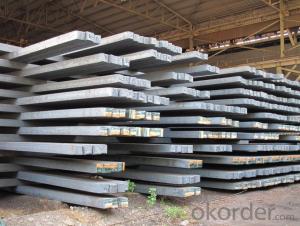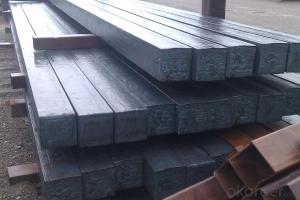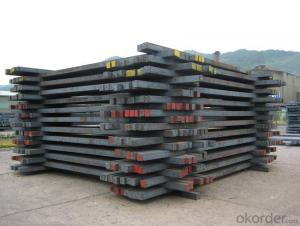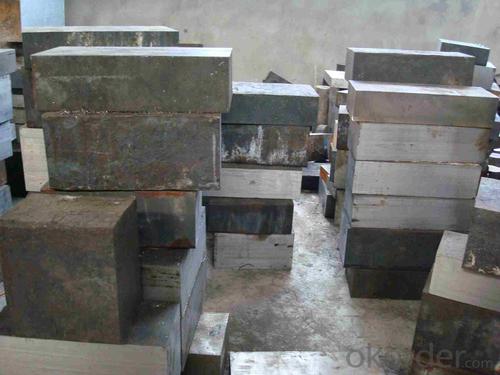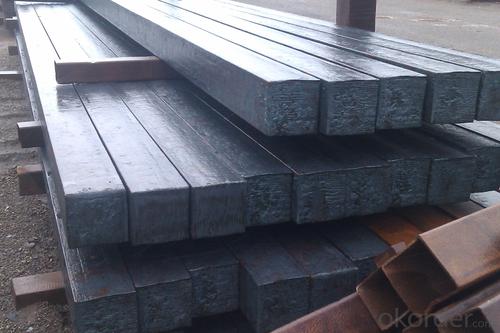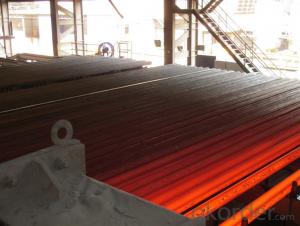Z32 BMP Rolled Steel Coil Construction Roofing Construction
- Loading Port:
- Tianjin
- Payment Terms:
- TT OR LC
- Min Order Qty:
- 100 m.t.
- Supply Capability:
- 10000 m.t./month
OKorder Service Pledge
OKorder Financial Service
You Might Also Like
Structure of Z32 BMP Rolled Steel Coil Construction Roofing Construction

Description of Z32 BMP Rolled Steel Coil Construction Roofing Construction
PPGI is made by cold rolled steel sheet and galvanized steel sheets as baseplate, through the surface pretreatment (degreasing, cleaning, chemical conversion processing), coated by the method of continuous coatings (roller coating method),
and after roasting and cooling. Zinc coating: Z60, Z80, Z100, Z120, Z180, Z275, G30, G60, G90
Alu-zinc coating: AZ60, AZ80, AZ100, AZ120, AZ180, G30, G60, G90
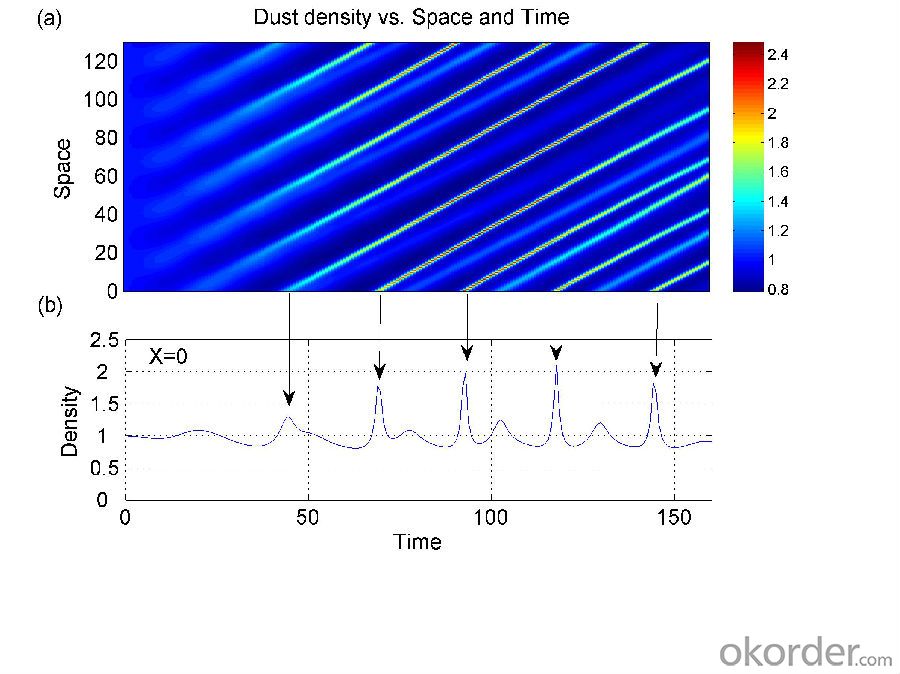
Main Feature of Z32 BMP Rolled Steel Coil Construction Roofing Construction
1) Excellent corrosion resistance: The zinc layer provides a good protection of Pre-painted Galvanizeed Steel Sheet.
2) High heat resistance: The reflective surface of the material aids in efficiently reflecting the sunlight away and in turn reducing the amount of heat transmitted. The thermal reflectivity converts into energy savings.
3) Aesthetics: Pre-Painted Galvanized steel sheet is available in plethora of patterns and multiple sizes as per the requirements that given by our customers.
4) Versatility: can be used in the various areas.Standard seaworthy export packing: 3 layers of packing, inside is kraft paper, water plastic film is in the middle and outside GI steel sheet to be covered by steel strips with lock, with inner coil sleeve.
Applications of Z32 BMP Rolled Steel Coil Construction Roofing Construction
1. Construction and building: roofing; ventilating duct; handrail; partition panel;etc.
2. Electric appliance: refrigerator; washing machine; refrigerator; DVD;etc.
3.Transportation: oil tank; road sign; etc.
4.Agriculture:barn; etc.
5.Others:vending machine; game machine; etc. 
Specifications of Z32 BMP Rolled Steel Coil Construction Roofing Construction
| Classified symbol | Yield Point Minimum N/mm2 | Tensile Strength Minimum | Elongation Minimum % | Application | ||||
| N/mm2 | Nominal Thickness mm (t) | |||||||
| JIS | Yogic | l | 0.25-0.4 | 0.4-0.6 | 0.6-1.0 | 1.0-1.6 | ||
| G3312 | specification | |||||||
| CGCC | CGCC | -205 | -270 | -20 | -21 | -24 | -24 | Commercial |
| CGCD | CGCD | --- | 270 | --- | 27 | 31 | 32 | Drawing |
| --- | CG340 | 245 | 340 | 20 | 20 | 20 | 20 | Structural |
| CGC400 | CG400 | 295 | 400 | 16 | 17 | 18 | 18 | Structural |
| CGC440 | CG440 | 335 | 440 | 14 | 15 | 16 | 18 | Structural |
| CGC490 | CG490 | 365 | 490 | 12 | 13 | 14 | 16 | Structural |
| CGC570 | CG570 | 560 | 570 | --- | --- | --- | --- | Structural |
| ASTM Designation | Yield Point Minimum | Tensile Strength Minimum | Elongation Minimum % | Application | Q/BQB 445-2004(China standard) | ASM A653/A653M | JISG 3312 | |
| ksi(MPa) | ksi(MPa) | TDC51D+Z | (CS TYPE A+Z) | CGCC | ||||
| A653(M)-99 CS TYPE A,B,C | --- | --- | --- | Commercial | TDC52D+Z | CGCD | ||
| A653(M)-99 FS | --- | --- | --- | Lock Forming | TS250GD+Z | (G250+Z) | - | |
| A653(M)-99 DS | --- | --- | --- | Drawing | TS300GS+Z | (G300+Z) | CGC 400 | |
| A653(M)-99 SS Grade33(230) | 33(230) | 45(310) | 20 | Structural | TS350GD+Z | (G350+Z) | CGC490 | |
| A653(M)-99 SS Grade37(255) | 37(255) | 52(360) | 18 | Structural | TS550GD+Z | (G550+Z) | CGC570 | |
| A653(M)-99 SS Grade40(275) | 40(275) | 55(380) | 16 | Structural | ||||
| A653(M)-99 SS Grade50(345) | 50(345) | 65(450) | 12 | Structural | ||||
| A653(M)-99 SS Grade80(550) | 80(550) | 82(570) | --- | Structural | ||||
FAQ of Z32 BMP Rolled Steel Coil Construction Roofing Construction
We have organized several common questions for our clients,may help you sincerely:
1. How Can I Visit There?
Our company is located in Tianjin City, China, near Beijing. You can fly to Tianjin Airport Directly. All our clients, from home or aboard, are warmly welcome to visit us!
2. How Can I Get Some Sample?
We are honored to offer you sample.
3. Why choose CNBM?
1, ISO, BV, CE, SGS approved.
2, Competitive price and quality.
3, Efficient service team online for 24 hours.
4, Smooth production ability(50000tons/month) .
5, quick delivery and standard exporting package.
6, Flexible payment with T/T, L/C, Paypal, Kunlun bank, etc .
- Q: How are steel billets labeled for identification purposes?
- To identify steel billets, a combination of alphanumeric codes and markings are utilized. These labels contain vital data regarding the billet's composition, size, and other significant particulars. The most prevalent approach to label steel billets involves directly stamping or engraving the necessary information onto the billet's surface. This includes details like steel grade, heat number, lot number, and the manufacturer's symbol or logo. These markings are typically made using durable and legible industrial-grade ink or via electrochemical etching, ensuring their resilience even in harsh environments. Additionally, steel billets may also carry identification tags or labels that offer additional information which cannot be easily engraved or stamped. These tags or labels may feature barcodes, QR codes, or RFID tags, allowing for quick access to relevant information through specialized equipment. By employing these labeling methods, steel billets can be easily identified, tracked, and monitored throughout their lifespan. This ensures effective quality control, inventory management, and efficient production processes within the steel industry.
- Q: What is the average lifespan of a steel billet in the automotive industry?
- Various factors can affect the average lifespan of a steel billet in the automotive industry. Generally, these billets serve as raw materials for producing automotive parts like engine components, chassis, and body structures. These parts are designed to last as long as the vehicle itself, which can be anywhere from 10 to 20 years or more. The specific lifespan of a steel billet in the automotive industry depends on its application and the level of stress or wear it experiences during its service. For example, engine components such as crankshafts or connecting rods may undergo higher levels of stress and wear due to the combustion process, which may require replacement or refurbishment after a certain period. Furthermore, advancements in material science and manufacturing technologies have resulted in the creation of stronger and more durable steel alloys, thus increasing the lifespan of automotive parts. When combined with regular maintenance and proper vehicle usage, these advancements contribute to the longevity of steel billets used in the automotive industry. It is important to consider that other factors, such as corrosion, environmental conditions, and manufacturing quality, can also influence the lifespan of a steel billet. To ensure the longevity and reliability of their products, manufacturers and automotive companies prioritize quality control measures. In conclusion, although the specific lifespan of a steel billet in the automotive industry may vary, it is generally designed to last as long as the vehicle itself, which can range from several years to multiple decades. Advances in materials and manufacturing techniques improve the durability and overall performance of steel billets, ensuring their longevity in automotive applications.
- Q: How are steel billets marked for identification and traceability?
- Steel billets are marked for identification and traceability using various methods. One common method is through the use of unique identification numbers or codes. These numbers or codes can be engraved or stamped onto the surface of the billet, making it easily identifiable. This marking can be done using specialized equipment such as laser engraving machines or steel stamping tools. In addition to identification numbers, other important information such as the grade, heat number, and production date can also be marked on the billet. This information is crucial for traceability purposes and helps in tracking the origin and quality of the steel. Furthermore, some manufacturers may opt to use additional marking techniques such as paint or ink marking. This can involve using specific colors or symbols to represent different characteristics or attributes of the billet. For instance, a specific color may indicate the steel's intended use or a symbol may represent the manufacturer's logo or quality certification. Overall, marking steel billets for identification and traceability is essential in ensuring quality control, verifying compliance with industry standards, and facilitating efficient inventory management throughout the supply chain.
- Q: What are the different production methods for steel billets?
- There are several different production methods for steel billets, including continuous casting, ingot casting, and direct hot rolling. Continuous casting involves pouring molten steel into a water-cooled mold to form a continuous strand, which is then cut into desired lengths. Ingot casting involves pouring molten steel into individual molds to form solid blocks, which are later reheated and rolled into billets. Direct hot rolling involves passing a large steel ingot through a series of rolling mills to reduce its size and shape it into a billet.
- Q: What are the different types of cleaning equipment used for steel billets?
- Steel billets commonly undergo cleaning using various types of equipment. These include: 1. Shot blasting machines: These machines propel small metal or mineral particles at high speed onto the surface of the billets, effectively eliminating rust, scale, and other contaminants, resulting in a clean and smooth surface. 2. Ultrasonic cleaners: Through the use of high-frequency sound waves, ultrasonic cleaning agitates a cleaning solution, effectively removing dirt, oil, and other contaminants from the billets' surface. This method is particularly useful for stubborn or hard-to-reach contaminants. 3. Acid pickling tanks: By immersing the billets in an acidic solution, acid pickling dissolves rust, scale, and other contaminants. After pickling, rinsing and drying are usually carried out. 4. Power washers: Power washers, also known as pressure washers, employ a high-pressure water spray to eliminate dirt, oil, and other contaminants from the billets' surface. This method is particularly effective for larger or heavier billets. 5. Mechanical cleaning brushes: Mechanical cleaning brushes, including wire brushes or abrasive pads, are commonly employed to manually scrub the billets' surface, removing loose dirt, rust, or scale. Typically used in conjunction with other cleaning methods. In determining the appropriate cleaning equipment for steel billets, factors such as the extent and type of contaminants, desired level of cleanliness, and the size and shape of the billets need to be considered. Different combinations of these cleaning methods may be utilized to achieve the desired outcome.
- Q: How are steel billets made?
- The process of making steel billets is known as casting. It begins by melting raw materials like iron ore, coal, and limestone in a blast furnace until they become molten iron. This molten iron is then further purified in either a basic oxygen furnace or an electric arc furnace to adjust its composition and remove impurities. Once the desired composition is achieved, the molten iron is poured into a continuous casting machine. This machine contains a copper mold that is cooled by water, which shapes the molten iron into a solid billet. As the molten iron is poured into the mold, it cools rapidly and solidifies, creating a continuous length of solid steel. The billet is then cut to the desired length and moved to a storage area to cool down even more before undergoing further processing. The cooling process is vital as it helps improve the internal structure and overall quality of the billet. After cooling, the steel billets can undergo various treatments, such as heat treatment or surface conditioning, to enhance their mechanical properties and surface finish. They can also be processed further into different shapes and sizes through methods like rolling, forging, or extrusion to meet specific requirements of customers. In summary, the production of steel billets involves melting the raw materials, purifying the molten iron, casting it into a continuous mold, and subsequently cooling and processing the solid billets. This process guarantees the production of high-quality steel billets that are essential components for industries such as construction, automotive, and manufacturing.
- Q: How are steel billets used in the production of wire rods and bars?
- Steel billets are used in the production of wire rods and bars as they serve as the initial raw material. These billets are heated and then rolled or forged into long, slender shapes to create wire rods or bars. The size and shape of the billets determine the final dimensions of the wire rods or bars, which are used in various industries such as construction, automotive, and manufacturing.
- Q: How do steel billets contribute to the overall strength of a structure?
- Steel billets play a crucial role in contributing to the overall strength of a structure. These billets, which are essentially semi-finished forms of steel, are used as raw material in the production of various structural components. One of the primary reasons steel billets enhance the strength of a structure is due to the inherent properties of steel itself. Steel is known for its exceptional strength and durability, making it an ideal material for construction purposes. When steel billets are used in the manufacturing process, they provide a solid foundation for creating stronger structural elements. Steel billets are typically hot-rolled or forged to shape different structural components, such as beams, columns, and plates. During the manufacturing process, the steel is subjected to high temperatures and pressure, resulting in a refined grain structure. This refined grain structure enhances the strength and toughness of the steel, making it more resistant to deformation and structural failure. Moreover, steel billets can be further processed to achieve specific mechanical properties that are required for different structural applications. For example, the billets can undergo heat treatment processes such as quenching and tempering, which improve their hardness and toughness. This allows the steel to withstand higher loads and stresses, thereby contributing to the overall strength and stability of the structure. In addition to their inherent strength, steel billets also offer advantages in terms of versatility and design flexibility. They can be easily shaped into various sizes and dimensions, allowing engineers to create complex structural configurations. This versatility enables the optimization of the structural design, ensuring that the load-bearing capacity and overall strength of the structure are maximized. Furthermore, steel billets have excellent weldability, allowing them to be seamlessly joined with other steel components. This ensures the integrity and continuity of the structure, preventing weak points or potential failure zones. By creating a unified and interconnected system, the steel billets contribute to the overall strength and stability of the structure. In conclusion, steel billets make a significant contribution to the overall strength of a structure through their inherent strength, refined grain structure, and ability to undergo various heat treatment processes. They provide a solid foundation for manufacturing structural components, allowing them to withstand high loads and stresses. The versatility and design flexibility of steel billets further optimize the structural design, while their excellent weldability ensures the integrity of the structure. Consequently, steel billets are essential in creating robust and durable structures that can withstand the test of time.
- Q: Can steel billets be extruded into different shapes?
- Yes, steel billets can be extruded into different shapes.
- Q: What is the role of steel billets in the construction of high-rise buildings?
- Steel billets play a crucial role in the construction of high-rise buildings as they serve as the raw material for manufacturing structural steel sections such as beams, columns, and reinforcement bars. These sections are essential for providing strength, stability, and load-bearing capacity to the building's framework. Steel billets are heated, molded, and shaped into these sections, which are then assembled to form the structural skeleton of the building. Their high strength-to-weight ratio and durability make steel billets an ideal choice for constructing tall buildings that can withstand various weather conditions and structural loads.
Send your message to us
Z32 BMP Rolled Steel Coil Construction Roofing Construction
- Loading Port:
- Tianjin
- Payment Terms:
- TT OR LC
- Min Order Qty:
- 100 m.t.
- Supply Capability:
- 10000 m.t./month
OKorder Service Pledge
OKorder Financial Service
Similar products
Hot products
Hot Searches
Related keywords
